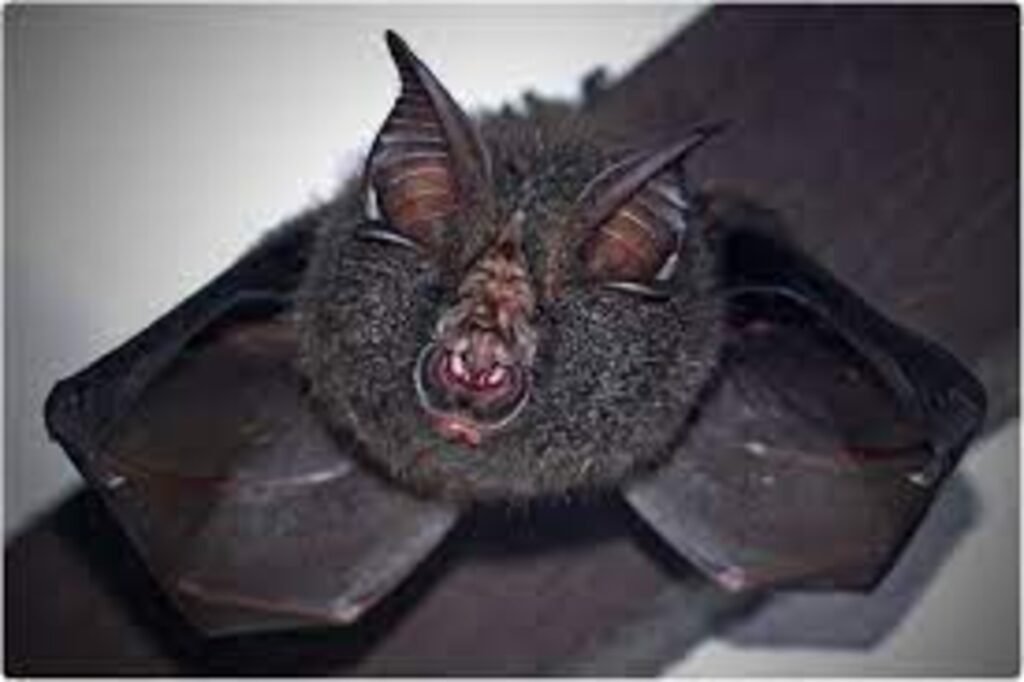New Study Reveals Insights into the Deadly Nature of Bat-Derived Viruses
Introduction
In a groundbreaking study published in the journal PLOS Biology, researchers have unveiled a startling revelation: diseases originating from bats may pose the greatest threat to human health, and their deadliness is intricately tied to the bats’ remarkable ability to fly.

The study, led by Cara Brook, an assistant professor of ecology and evolution at the University of Chicago, sheds light on why viruses from bats can be exceptionally lethal when they jump species to infect humans. These bat-derived viruses, including infamous pathogens such as Ebola, Hendra, Nipah, and coronaviruses like SARS and MERS, exhibit higher case-fatality rates compared to viruses from other animal hosts.
The underlying reason, the study suggests, is bats’ unique evolutionary adaptations. Bats have evolved a remarkable tolerance for inflammation, a trait that has co-evolved with their ability to fly. Using mathematical models supported by empirical data, the researchers explained that viruses can optimize their growth rates within a host by striking a balance between transmission efficiency and virulence.
Key features of bat physiology, including their resilience to immunopathology and robust constitutive immune systems, have driven the evolution of high-growth-rate viruses. These viruses can achieve greater transmission rates without causing extreme harm to their bat hosts, thanks to the bats’ remarkable immune adaptations.
The study went further, simulating the infection of these bat-optimized viruses within a hypothetical human immune system. The results were alarming, indicating that these viruses could be significantly deadlier when they jump from bats to humans compared to viruses from other mammals.
However, this study doesn’t imply that bat viruses are on the verge of wiping out humanity. Transmission and virulence represent a delicate tradeoff for viruses. Those with the highest fatality rates are not necessarily the most transmissible. A classic example is the Ebola virus, highly lethal but often killing its host before effective transmission can occur.
Brook emphasized that while bat-derived viruses may exhibit high growth rates and potential virulence following spillover to humans, they are not predicted to be the most transmissible across species or within the human population. She also highlighted the importance of conservation efforts aimed at preserving bat habitats and reducing human-bat contact rates to prevent future spillover events.
In conclusion,
This groundbreaking research underscores the intricate relationship between bat biology, viral evolution, and the potential threats these viruses pose to human health. Understanding these factors is crucial for both preventing future pandemics and promoting coexistence with the diverse ecosystems that include these extraordinary creatures.




